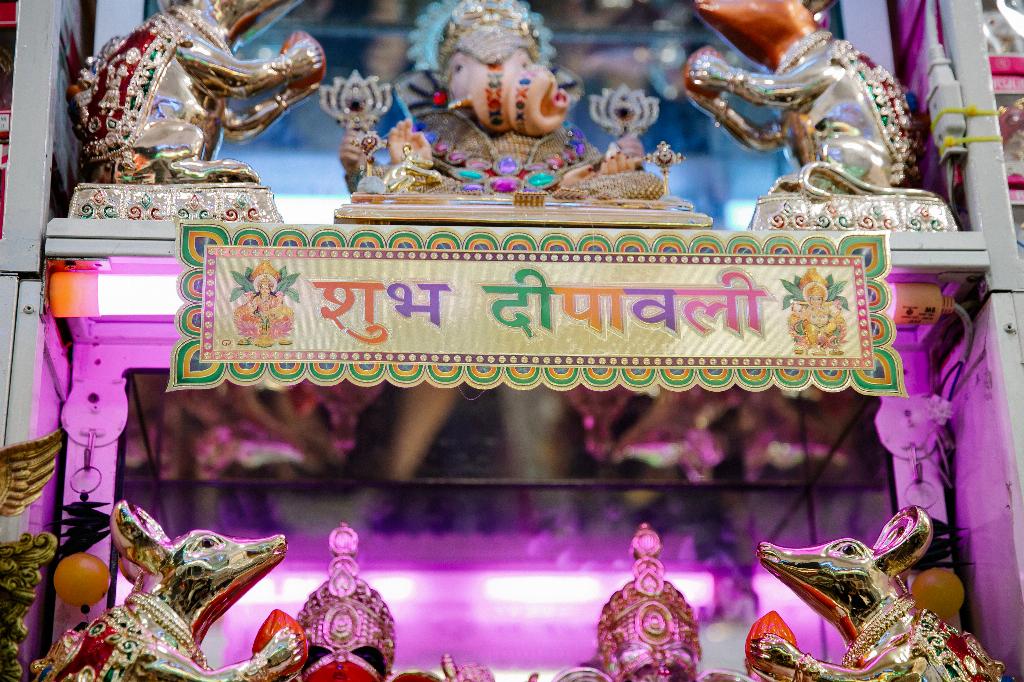Religion has played a significant role in human culture since ancient times. Throughout history, diverse religious beliefs and practices have emerged, each with its own set of symbols that hold deep meaning for their followers. In this article, we will explore the six main religions and their sacred symbols.
Definition of Religion
Religion can be defined as a system of faith and worship that connects individuals to a higher power or spiritual reality. It provides a framework for understanding the meaning and purpose of life, guiding moral principles, and shaping cultural traditions. Religions offer their followers a sense of belonging, purpose, and community, as well as a source of comfort and guidance in times of hardship.
Overview of the Six Main Religions
The six main religions discussed in this article are Christianity, Islam, Hinduism, Buddhism, Judaism, and Sikhism. These religions not only have millions of adherents worldwide but also have a significant impact on global cultures, history, and values.
Christianity: Symbol and Meanings
The primary symbol of Christianity is the cross. This symbol represents the crucifixion of Jesus Christ and serves as a reminder of his sacrifice and redemption. The cross signifies hope, forgiveness, and eternal life for Christians. It also captures the core teachings of love, compassion, and selflessness that Christ exemplified.
Islam: Symbol and Meanings
In Islam, the primary symbol is the crescent moon and star. This symbolizes the faith’s lunar calendar and serves as a reminder of the importance of time and the cycles of life. It also represents enlightenment, guidance, and the unity of the Muslim community worldwide.
Hinduism: Symbol and Meanings
Hinduism is characterized by a rich tapestry of symbols, but the most prominent is the Om symbol. Om is a sacred syllable and a representation of the divine consciousness of God. It represents the essence of ultimate reality and is chanted during prayers and meditation. Other significant symbols in Hinduism include the swastika, symbolizing auspiciousness, and the lotus flower, symbolizing purity, beauty, fertility, and transcendence.
Buddhism: Symbol and Meanings
In Buddhism, the primary symbol is the Dharma wheel, also known as the Dharmachakra. It represents the teachings of the Buddha and the path to enlightenment. The wheel’s eight spokes symbolize the Noble Eightfold Path, which includes right understanding, intention, speech, action, livelihood, effort, mindfulness, and concentration.
Judaism: Symbol and Meanings
The central symbol of Judaism is the Star of David, also called the Magen David or Shield of David. It is a six-pointed star formed by two overlapping triangles. The Star of David represents the Jewish identity, unity, and connection with God. It holds significance as a powerful protective symbol and a reminder of the Davidic lineage and the covenant between God and the Jewish people.
Sikhism: Symbol and Meanings
In Sikhism, the primary symbol is the Khanda, a double-edged sword flanked by two curved daggers. It symbolizes the power of God and the concept of justice. The Khanda represents the unity of God, the message of the Sikh Gurus, and the commitment to uphold righteousness and protect the weak.

Conclusion
The symbols associated with the six main religions carry profound meanings for their followers. These symbols serve as powerful visual representations of important concepts, beliefs, and values within each faith. From the Christian cross to the Islamic crescent moon and star, the Hindu Om symbol to the Buddhist Dharma wheel, the Jewish Star of David to the Sikh Khanda, these symbols connect individuals to their respective religious traditions and provide a sense of identity, spiritual guidance, and community. Understanding these symbols fosters greater appreciation and respect for the diversity and richness found within the six main religions.
